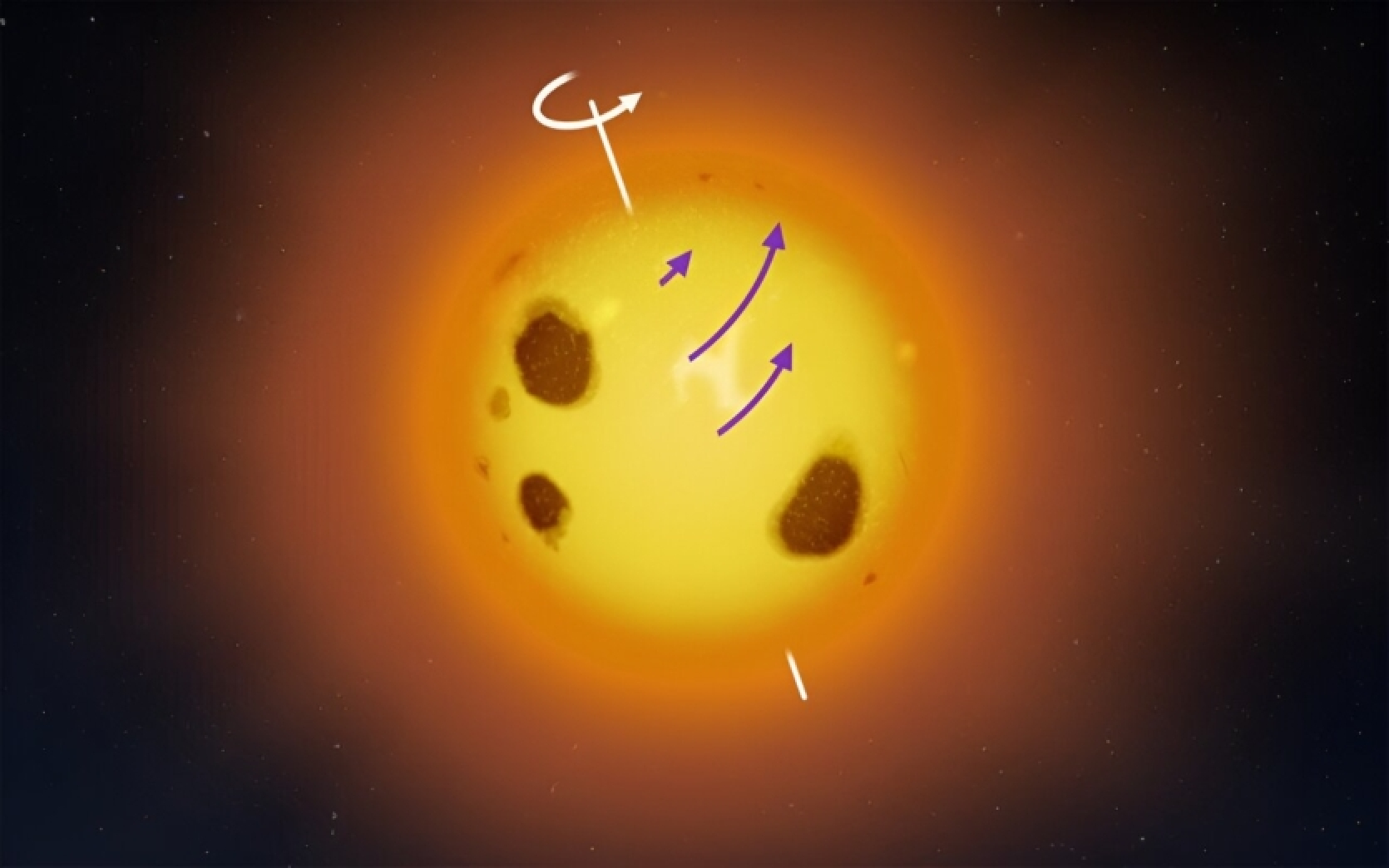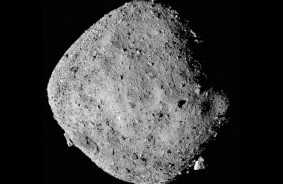The star V889 Herculis exhibits an unusual rotation profile that contradicts well-known models of stellar dynamics. Astronomers have found that its mid-latitudes rotate faster than the equator and the poles.
Unlike the Sun, where the equator rotates faster than the poles, V889 Herculis achieves its highest rotational speed at latitudes of 37–40 degrees. The equator spins more slowly, and the poles display the lowest rotation speeds. This model defies scientists' expectations.
The study was conducted by a team of researchers led by Mikko Tuomi from the University of Helsinki. They employed a new statistical method on data collected over 30 years of observations.
“We did not expect to see such anomalies in stellar rotation. This indicates that our understanding of stellar dynamics and magnetic dynamos is insufficient,” noted Tuomi.
The scientists also investigated LQ Hydra—a star that is 20% less massive than the Sun and of a similar age to V889 Herculis. Its rotation resembles that of a solid body, where the equator and poles spin at the same speed. However, the researchers propose that the equator of LQ Hydra may rotate slightly faster, but the difference is so small that it is undetectable by current methods.
Observations were conducted using robotic telescopes at the Fairborn Observatory. Although these instruments cannot discern individual star spots at such distances, they compensate by performing long-term observations of changes in the stars' brightness.
“It’s remarkable that even in the era of large space observatories, we can gather fundamental information about stellar astrophysics using small ground-based telescopes with a diameter of 40 cm [16 inches],” said Tuomi.
The research was published in the journal Astronomy & Astrophysics.
Source: Iflscience














Comments (0)
There are no comments for now